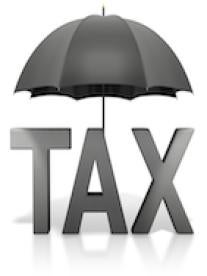On April 3, the Treasury Department issued Revenue Ruling 2014-9 outlining two safe harbor methods for accepting rollover contributions into a tax-qualified employer retirement plan. A plan administrator following these methods may accept rollover contributions without additional inquiry.
Background
In general, a plan may accept rollover contributions if the plan reasonably concludes that the rollover is an "eligible rollover distribution" from an Individual Retirement Account ("IRA") or another qualified retirement plan. Revenue Ruling 2014-9 sets forth two safe harbor methods for satisfying this "reasonable conclusion" requirement.
Safe Harbor 1: Accepting Rollovers from Individual Retirement Accounts
Absent any evidence to the contrary, a plan administrator may conclude that a rollover from an IRA is a valid rollover contribution if:
- the custodian of the IRA issues a check (or initiates an electronic transfer) to the trustee of the recipient plan indicating that the IRA is the source of the funds and that the IRA is a traditional IRA (i.e., not a Roth, SIMPLE or inherited IRA); and
- the plan participant certifies that the contribution includes no after-tax amounts and that he/she will not have attained age 70½ by the end of the year of the transfer.
Safe Harbor 2: Accepting Rollovers from Qualified Employer Plans
Absent any evidence to the contrary, a plan administrator may conclude that a rollover from another qualified retirement plan is a valid rollover contribution if:
- the trustee of the distributing employer plan issues a check (or initiates an electronic transfer) to the trustee of the recipient plan indicating the distributing plan as the source of the funds; and
- the plan administrator of the receiving plan reviews the most recently filed Form 5500 for the distributing plan on the Department of Labor EFAST2 database (www.efast.dol.gov) and finds that Code 3C is not entered on Line 8a of the Form. (Code 3C is entered for a plan that is not intended to be tax qualified.)
Determination of Noncompliance after Rollover
Under both safe harbors, if the plan administrator later determines that the amount rolled over did not in fact satisfy the rules for rollover contributions, the amount rolled over plus any earnings attributable thereto must be distributed to the participant within a reasonable time after such determination. If a plan administrator of a receiving plan is not able to verify all of the steps of a safe harbor, the administrator will need to make additional inquiries to confirm whether the contribution is a valid rollover contribution.





 i
i


